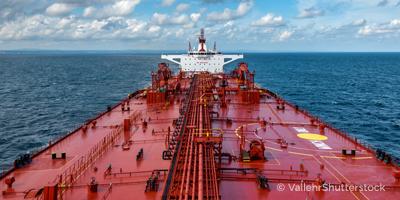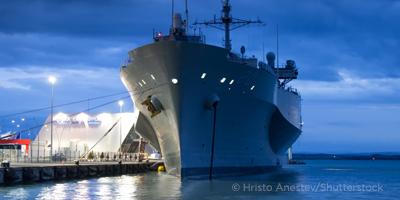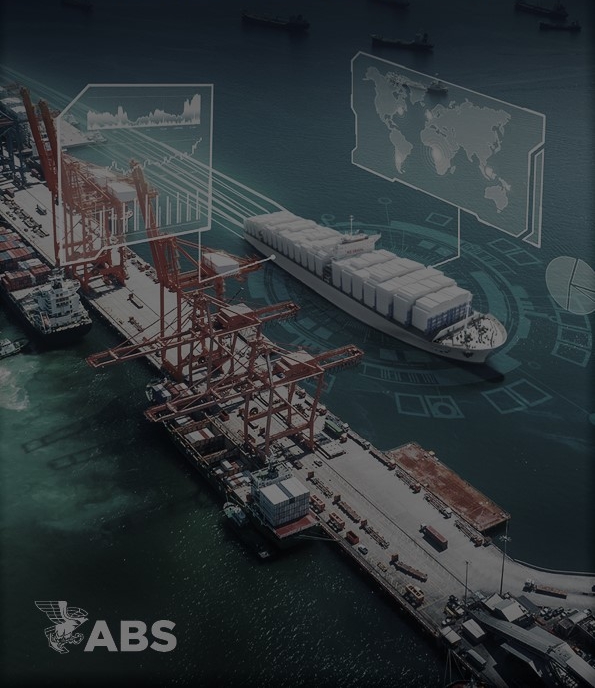Frequently Asked Questions
1. What is PFOS and why is it being banned?
Perfluorooctane sulfonic acid (PFOS) is a synthetic chemical that belongs to a group of substances known as perfluoroalkyl and polyfluoroalkyl substances (PFAS). It is being banned because it is a persistent organic pollutant (POP) that does not break down easily in the environment. It has been linked to serious health risks, including potential effects on the immune system, liver, and reproductive health, as well as environmental contamination.
2. What actions should be taken if there is uncertainty about whether the foam contains PFOS?
If there is uncertainty regarding the presence of PFOS in the foam, a sample test should be conducted by a specialized laboratory. If testing confirms the presence of PFOS above the threshold limits, the foam should be replaced with a compliant alternative, and the non-compliant foam should be delivered to appropriate shore-based reception facilities.
3. If the foam’s concentration is below 10 mg/kg (0.001%) can it continue to be stored a used?
Yes, provided that the testing or maker declarations confirm that PFOS concentration is below the threshold of 10 mg/kg (0.001%), the foam can remain onboard and continue to be used
4. What documents must be submitted as proof that the extinguishing media used onboard complies with the applicable regulations?
The maker's declaration or laboratory test reports for the extinguishing media covered by the SOLAS Convention must be provided to ABS by shipyards, repair yards, and equipment manufacturers.
5. Should the required documentation be submitted to Class for review and verification prior to the actual onboard survey?
The documents shall be submitted to ABS Engineering for their review, only if there is a change in the foam type (such as foam for HC fires, alcohol-resistant foam, multi-purpose foam, etc.) or the concentration of fixed fire extinguishing systems (FES).
6. Will a certificate or confirmation be issued upon successful verification by the surveyor?
Upon successful verification that the concentration of PFOS in the fire-extinguishing media is below 10 mg/kg (0.001% by weight), a Statement/Observation will be included in the official ABS report.
7. For portable fire extinguishers with non-compliant foam can they only be emptied and refilled with compliant foam?
In order to empty and refill the fire extinguishers with complaint foam (PFOS concentration below 10 mg/kg) the manufacturer must agree on the suitability of the new foam for the cylinder. After that, the Flag Administration should be provided with the OEM’s agreement and confirmation that the new foam is acceptable, to confirm that the Flag Administration has no objections.
8. If a Material Declaration (MD) and Supplier's Declaration of Conformity (SDoC) indicating that the foam is PFOS-free are onboard, is additional documentation required?
Yes, an additional declaration including details such as but not limited to foam type, production period, batch number, reference to type approval/Marine Equipment Directive (MED) Certificate for the foam should be requested.
9. Does the Stockholm Convention mandate the replacement of existing foams containing PFOS/PFOA onboard ships?
The Stockholm Convention on Persistent Organic Pollutants, which was adopted in 2001 and entered into force in 2004, requires its parties to take measures to eliminate or reduce the release of POPs into the environment. It mandates the prohibition and/or elimination of the production, use, as well as the import and export of POPs, including PFOS and PFOA. However, it does not explicitly mandate the replacement of existing foams containing PFOS/PFOA on board ships.


































